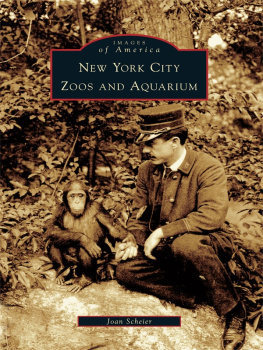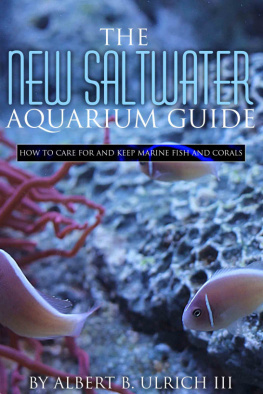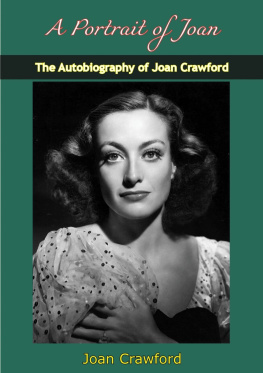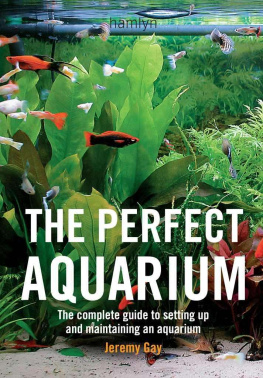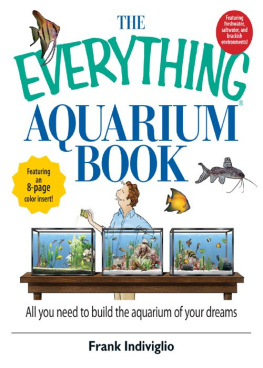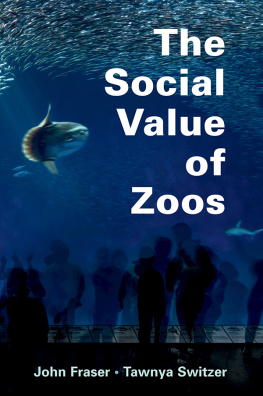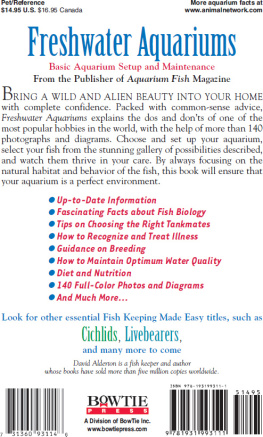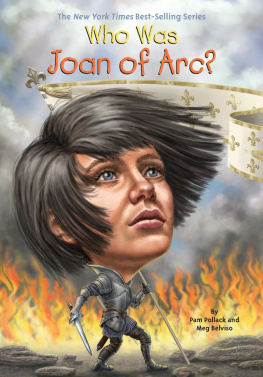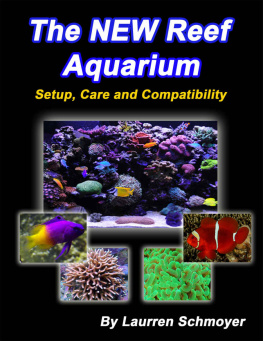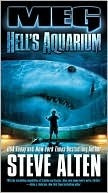Joan Scheier - New York City Zoos and Aquarium
Here you can read online Joan Scheier - New York City Zoos and Aquarium full text of the book (entire story) in english for free. Download pdf and epub, get meaning, cover and reviews about this ebook. year: 2011, publisher: Arcadia Publishing Inc., genre: Science fiction. Description of the work, (preface) as well as reviews are available. Best literature library LitArk.com created for fans of good reading and offers a wide selection of genres:
Romance novel
Science fiction
Adventure
Detective
Science
History
Home and family
Prose
Art
Politics
Computer
Non-fiction
Religion
Business
Children
Humor
Choose a favorite category and find really read worthwhile books. Enjoy immersion in the world of imagination, feel the emotions of the characters or learn something new for yourself, make an fascinating discovery.
- Book:New York City Zoos and Aquarium
- Author:
- Publisher:Arcadia Publishing Inc.
- Genre:
- Year:2011
- Rating:5 / 5
- Favourites:Add to favourites
- Your mark:
- 100
- 1
- 2
- 3
- 4
- 5
New York City Zoos and Aquarium: summary, description and annotation
We offer to read an annotation, description, summary or preface (depends on what the author of the book "New York City Zoos and Aquarium" wrote himself). If you haven't found the necessary information about the book — write in the comments, we will try to find it.
New York City Zoos and Aquarium — read online for free the complete book (whole text) full work
Below is the text of the book, divided by pages. System saving the place of the last page read, allows you to conveniently read the book "New York City Zoos and Aquarium" online for free, without having to search again every time where you left off. Put a bookmark, and you can go to the page where you finished reading at any time.
Font size:
Interval:
Bookmark:
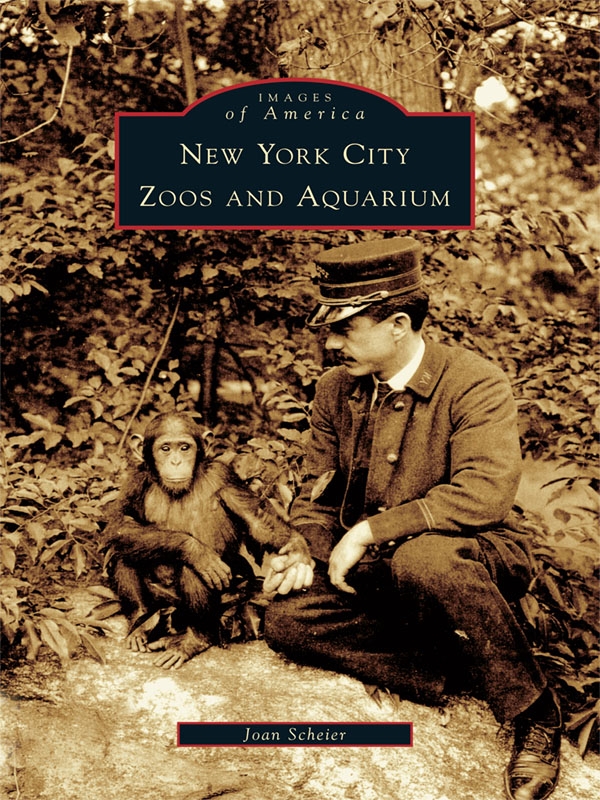
To the following, who shared their love of zoos and their history.
Special thanks to Steve Johnson, librarian at the Bronx Zoo, for all his help in finding the information needed to cover six facilities; to Judith Loeb, librarian at the Hillside Public Library, for her help with the research for this book; to Dr. Dan Wharton, director of the Central Park Zoo, for his enthusiasm and encouragement; and to Erin Vosgien and the staff of Arcadia Publishing for making this publication possible.
Thanks to Don Lewis, for sharing his knowledge of postcards; to Ferne Spieler and Emil Rossdeutscher for being so generous with their photographs; to Judith Wolfe for permission to use her photographs; to Victor Kun for making images fit to print. Thanks to Suzanne Boldac at the Bronx Zoo Archives, Lenora Gidland at the NYC Municipal Archives, and Amy Peck at the Prospect Park Archives, for finding unique photographs for this book.
Thanks to the staff and the keepers at all the facilities who were eager to share information and love of the animals in their care.
I want to give a special thanks to my son Allen, who started me on this journey, and a special thanks to Manny, Ida, Gus, Breezy, Seaweed, and Clarice who keep me enjoying my journey.
For more information, please visit http://www.newyorkcityzoos.com .
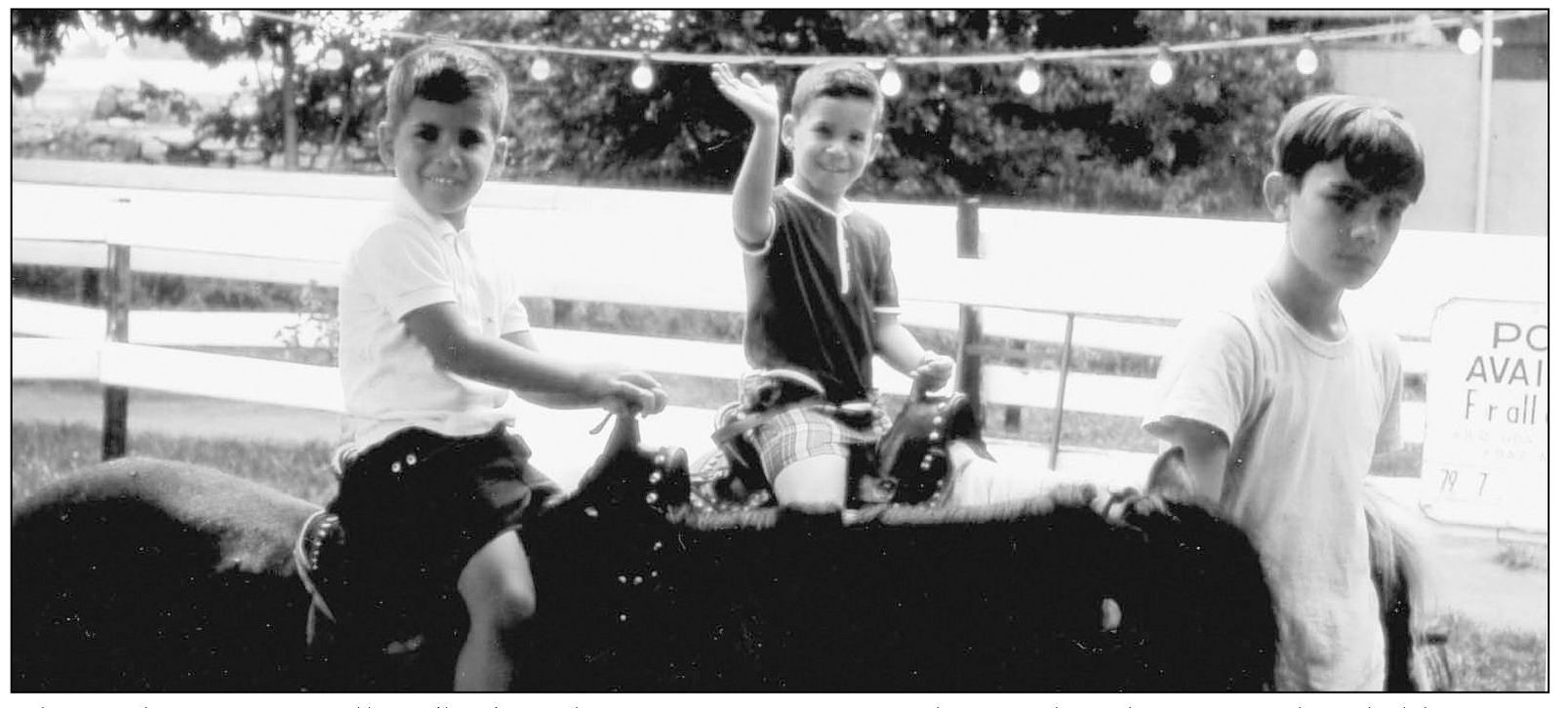
The authors sons, Allen (left) and Jerry Esses, are seen here riding horses at the children zoo in 1966.
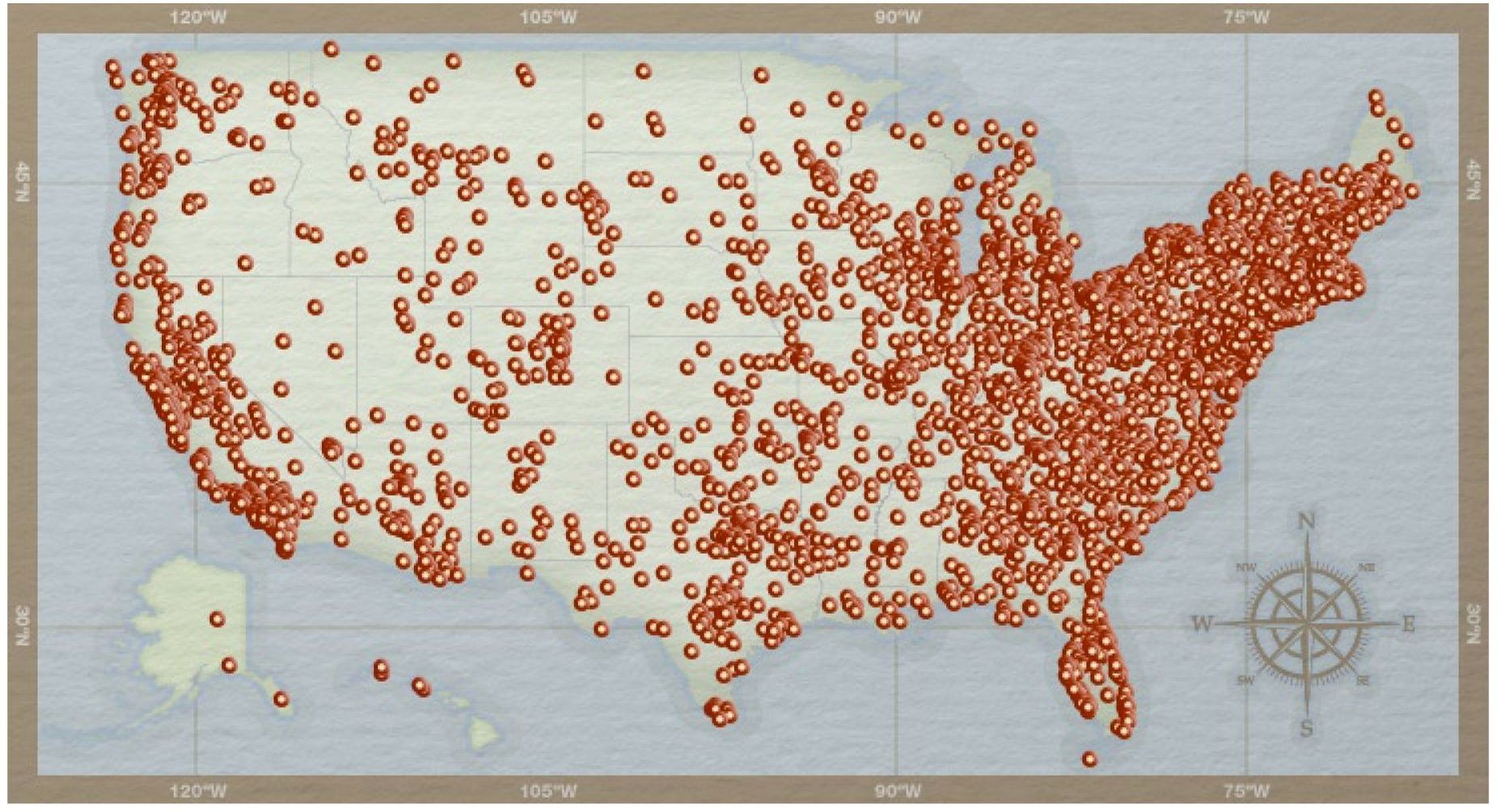
Find more books like this at
www.imagesofamerica.com
Search for your hometown history, your old
stomping grounds, and even your favorite sports team.
The southeast corner of Central Park has a history of housing animals that is almost as old as the park itself. As early as the 1860s, animals could be found in and around the Arsenal building which is still located at Sixty-fourth Street and Fifth Avenue. The Menagerie, as it was called, began when people started donating animals. It quickly grew into an attraction that drew people to the corner of the park. The Menagerie soon began to actively acquire animals and became a fixture for New Yorkers. In the 1930s, New York City Parks Commissioner Robert Moses formally built the Central Park Zoo on the site according to the best standards at the time and it was a popular destination for many years. By the 1980s, the world of zoos and zookeeping had progressed a great deal since the 1930s and the City of New York asked the New York Zoological Society to take over the running of the zoo, according to best industry practices. The Central Park Zoo reopened in 1988 as a NYZS (since renamed Wildlife Conservation Society) facility and is still going strong in the 21st century.
The zoo is organized into three climactic zonestropical, temperate, and polar. Each of these zones allows visitors to have a year-round glimpse into the variety of wildlife that lives in those areas and exposes them to the fascinating variety of animal behavior. Through the use of naturalistic habitats one is immersed in a tropical rainforest, or an Antarctic penguin colony, or the foothills of the Himalayas, all in the heart of New York City. However connections to the past remain, in the form of original brick friezes, weathervanes, paving stones, and statues. In addition, two buildings from the zoo of the 1930s remain, the former monkey house is now the Hecksher Zoo School and the former bird house is now the Central Park Zootique gift shop. An addition to the zoo was made in 1998 with the opening of the Tisch Childrens Zoo, which includes a walk-through aviary and a petting zoo featuring domestic animals.
The world has changed a great deal in the nearly 150 years since animals first were exhibited in Central Park. Wildlife and wild places are in increasing danger due to a variety of threats. WCS and the Central Park Zoo hope to educate people of all ages about the natural world and inspire them to protect it. In the heart of one of the densest urban landscapes in the world, we allow people to stop, take a breath, and reconnect to nature. We hope you will too.
John Rowden, curator of animals, Central Park Zoo
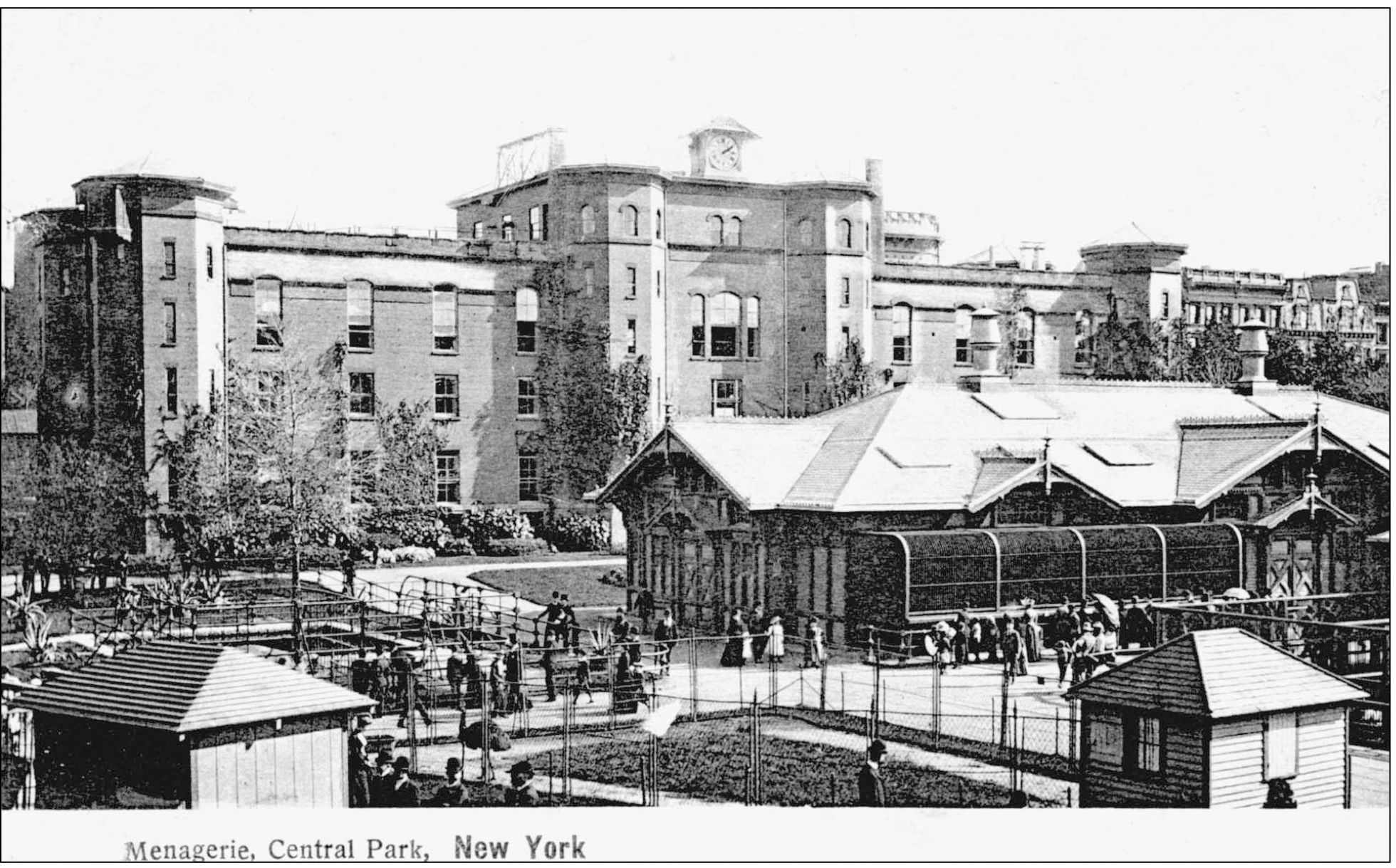
The Arsenal, the brick building on Fifth Avenue and Sixty-fourth Street, is older than the zoo itself. In 1864, an enclosed space was set aside near the Arsenal to give the animals that were donated by private citizens, hunters, circuses, and carnivals a permanent home. As the animal collection grew, it became necessary to construct buildings and enclosures. (Joan Scheier.)
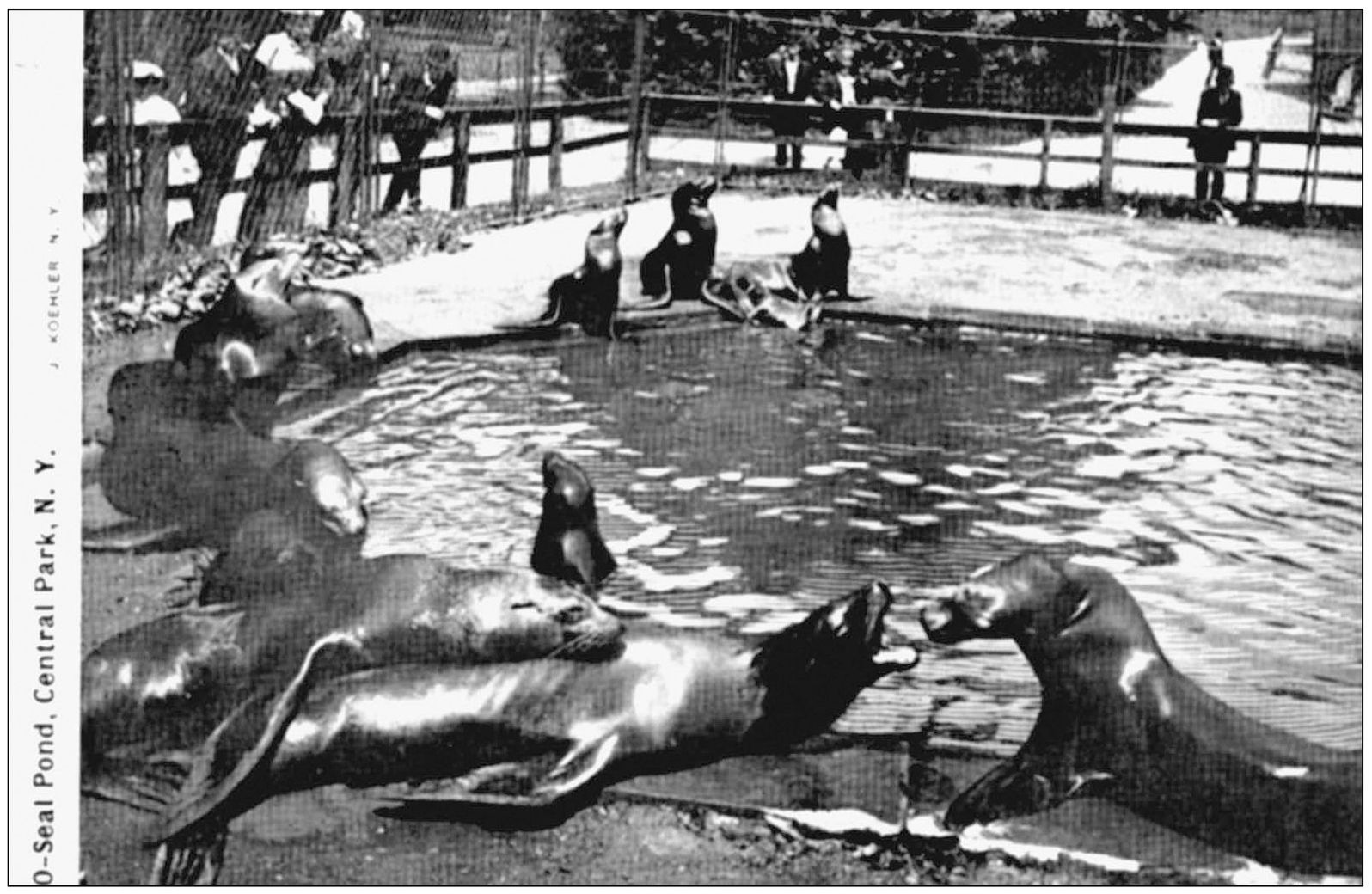
The sea lion pool has always been located at the center of the zoo. This postcard shows the combination of wood and wire fencing that was used to keep the visitors out and sea lions in. You could always find your way to the center of the zoo by following the sounds of barking sea lions. (Joan Scheier.)
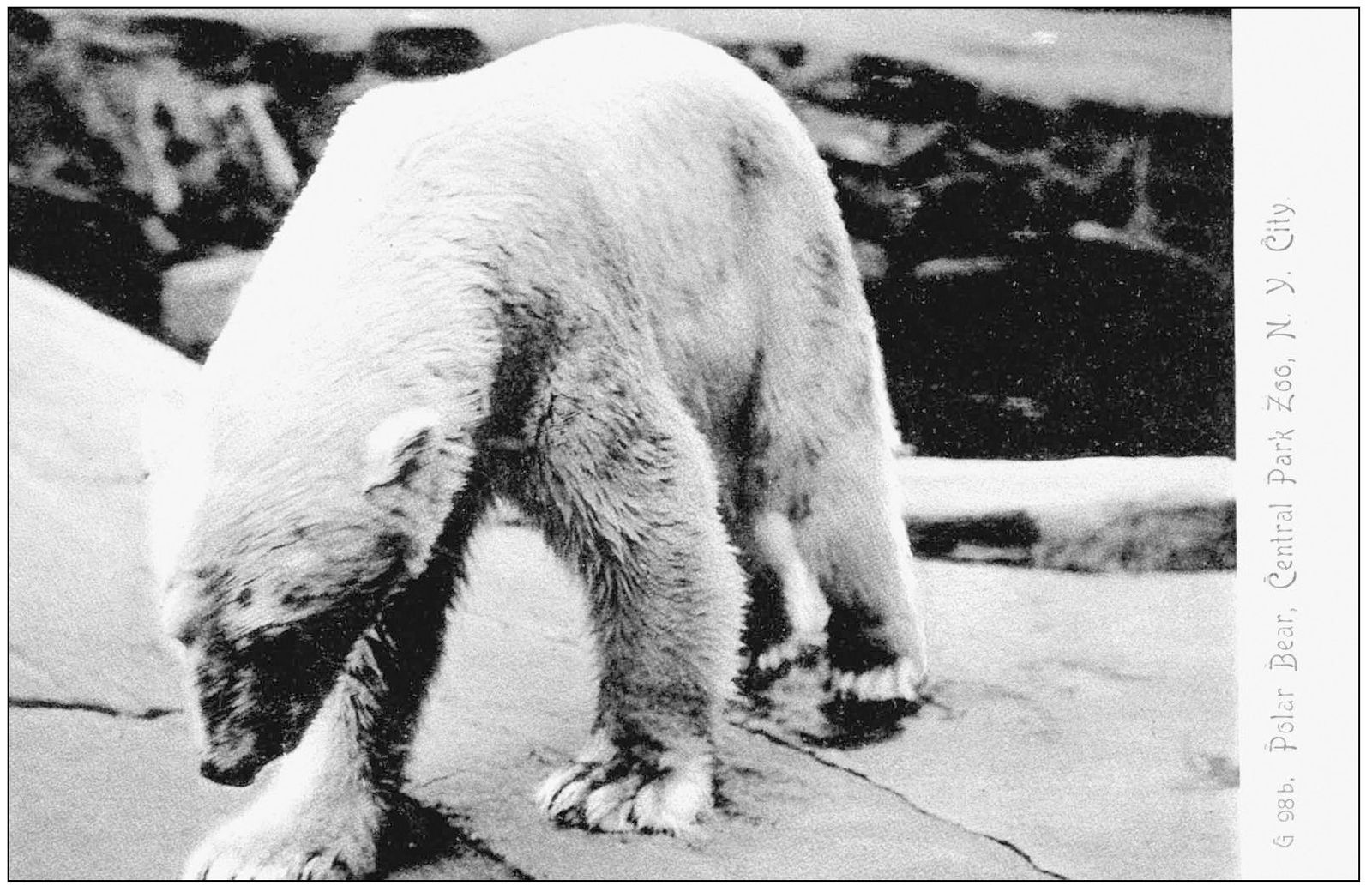
The polar bears and sea lions are two species that have always been at the Central Park Zoo. It was not unusual for zoos to obtain animals from others zoos, private donations, the circus, and animal brokers. Germany gave the Central Park Zoo a gift of a polar bear in the 1880s. (Joan Scheier.)
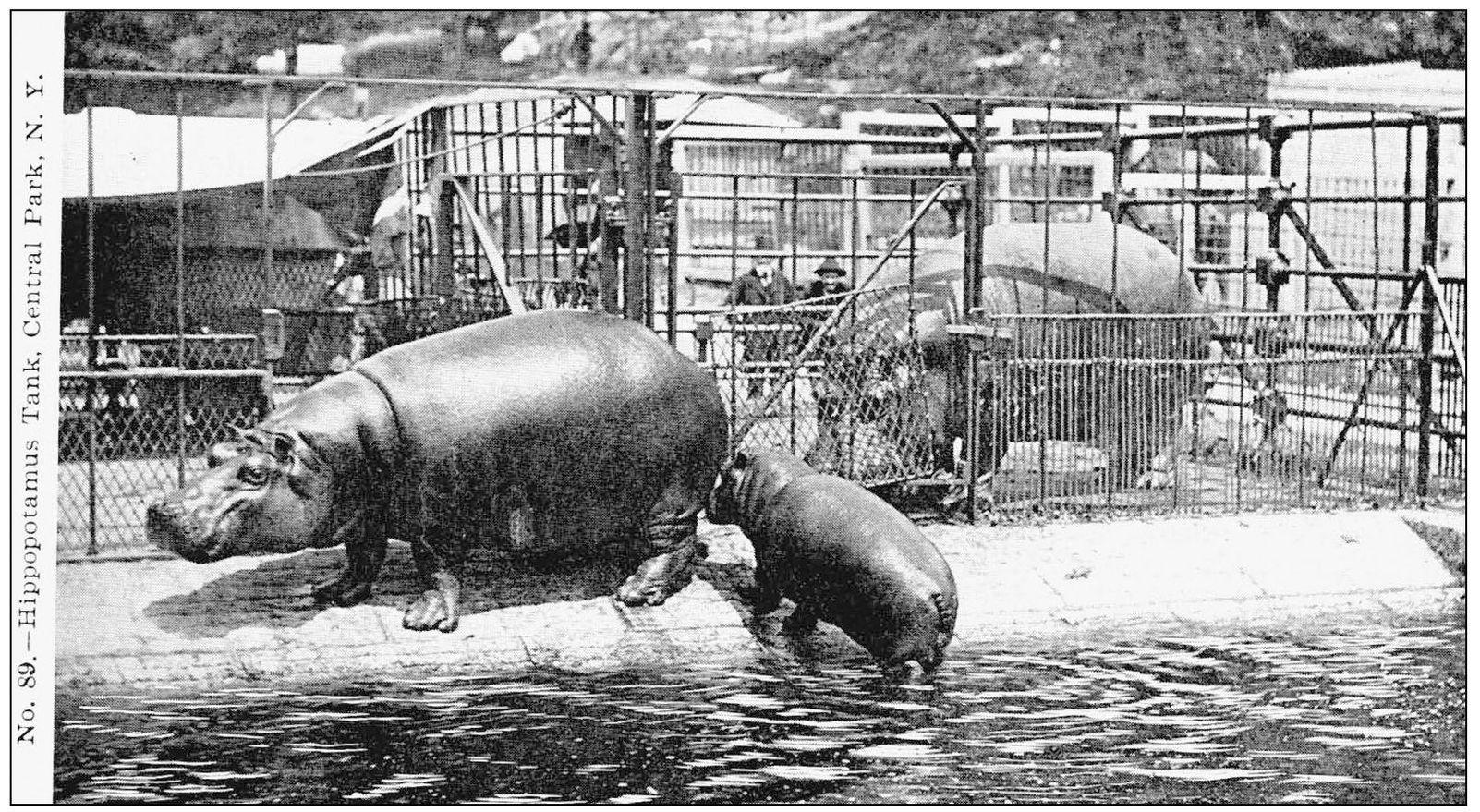
Rosie the hippopotamus was reported to have had four babies while at the Menagerie. The visitors to the menagerie had a chance to see animals that they had only heard about or seen pictures of in books. Every effort was made to provide the animals with the type of environment they would enjoy in the wild. In this case, it would be a water pool to submerge in and keep cool. (Joan Scheier.)
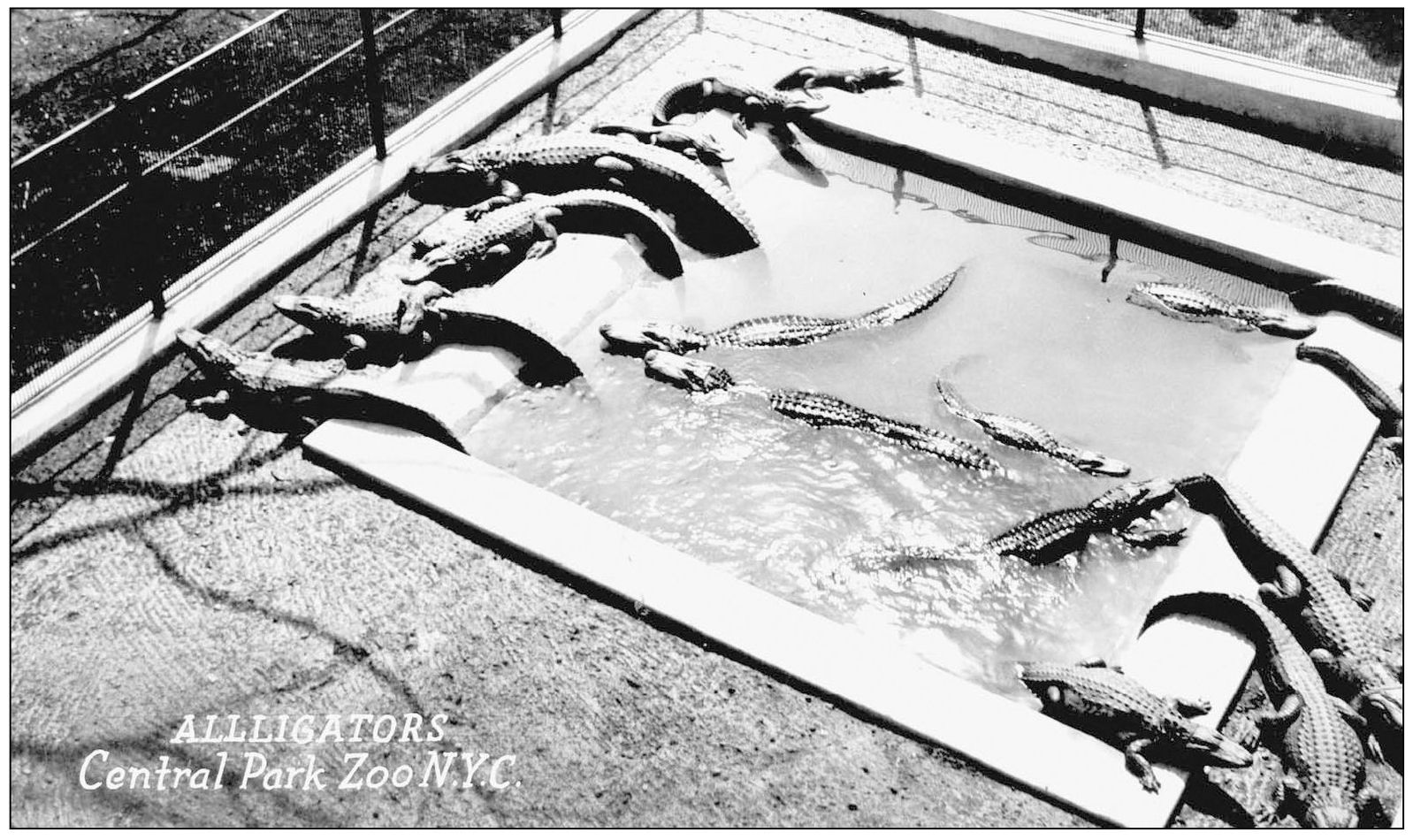
The Menagerie was home to many exotic animals that were donated by citizens or were trophies from hunting expeditions. The enclosure used railings and mesh to ensure the alligators did not escape. The Menagerie was known as a Postage Stamp Collection, animals placed next to each other as their cages were built. (Joan Scheier.)
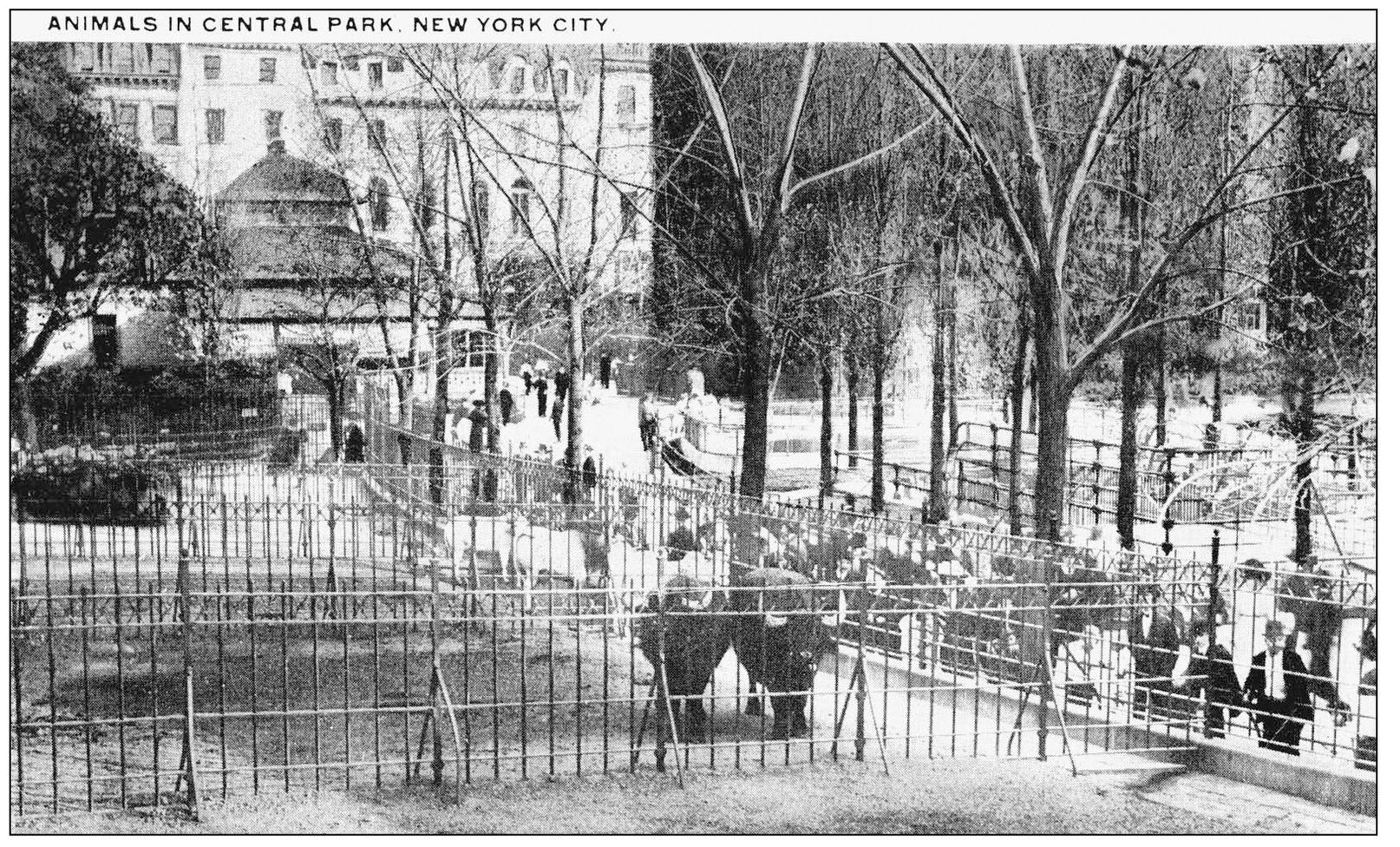
This postcard view was just before the closing of the Menagerie in 1934. The buffalo enclosure was just steps away from Fifth Avenue. The Menagerie needed repairs and Robert Moses felt New York City needed a zoo of its own. It took nine months to build the new zoo, sometimes called the Robert Moses Zoo, or the Picture Book Zoo, but always known as the Central Park Zoo. (Joan Scheier.)
Font size:
Interval:
Bookmark:
Similar books «New York City Zoos and Aquarium»
Look at similar books to New York City Zoos and Aquarium. We have selected literature similar in name and meaning in the hope of providing readers with more options to find new, interesting, not yet read works.
Discussion, reviews of the book New York City Zoos and Aquarium and just readers' own opinions. Leave your comments, write what you think about the work, its meaning or the main characters. Specify what exactly you liked and what you didn't like, and why you think so.

